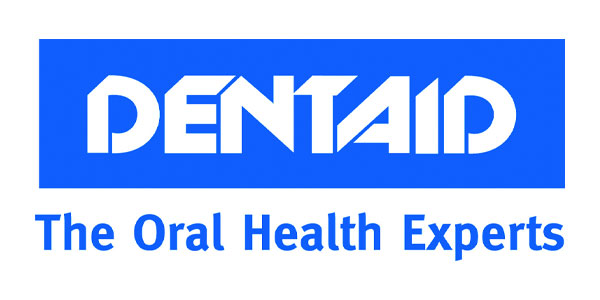Thursday 24th September

12:40 - 16:30
Coming soon

14:00 - 16:30
Coming soon

14:00 - 16:30
Coming soon
Friday 25th September

9:00 - 11:30
Coming soon

9:00 - 11:30
Coming soon

9:00 - 11:30
Coming soon

9:00 - 11:30
Coming soon

9:00 - 11:30
Coming soon

9:00 - 11:30
Coming soon

9:00 - 11:30
Coming soon

13:45 - 16:15
Coming soon

13:45 - 16:15
Coming soon

13:45 - 16:15
Coming Soon

13:45 - 16:15
Coming soon

13:45 - 16:15
Coming soon

13:45 - 16:15
Coming soon

13:45 - 16:15
Coming soon
Saturday 26th September

9:00 - 11:30
Coming soon

